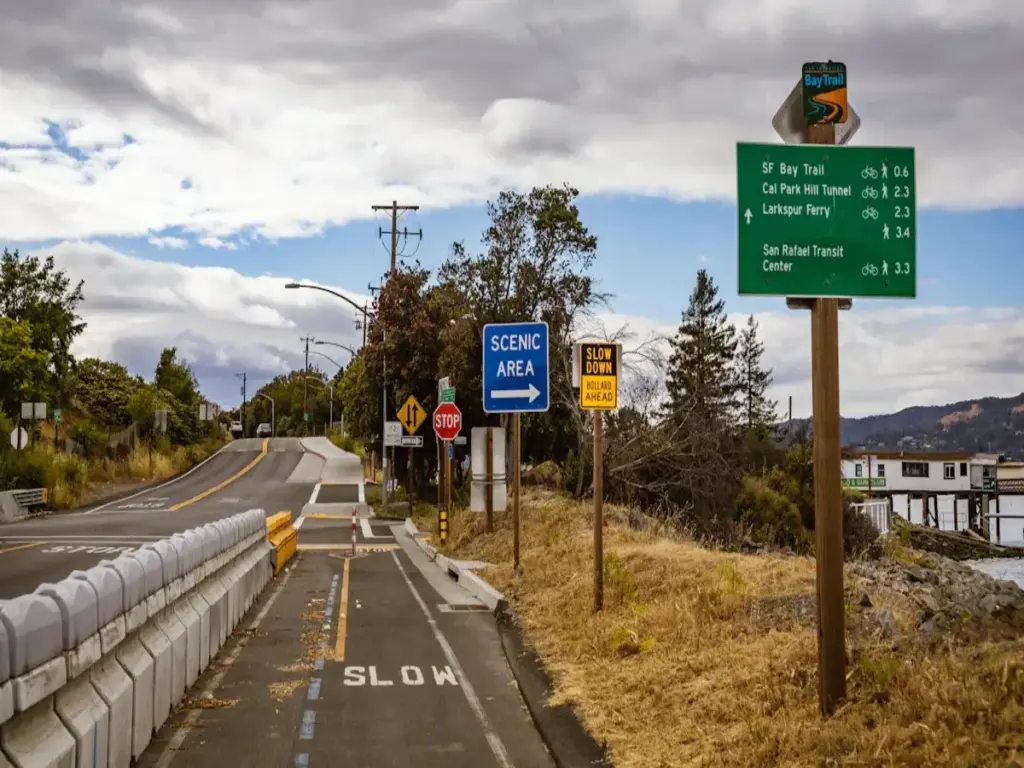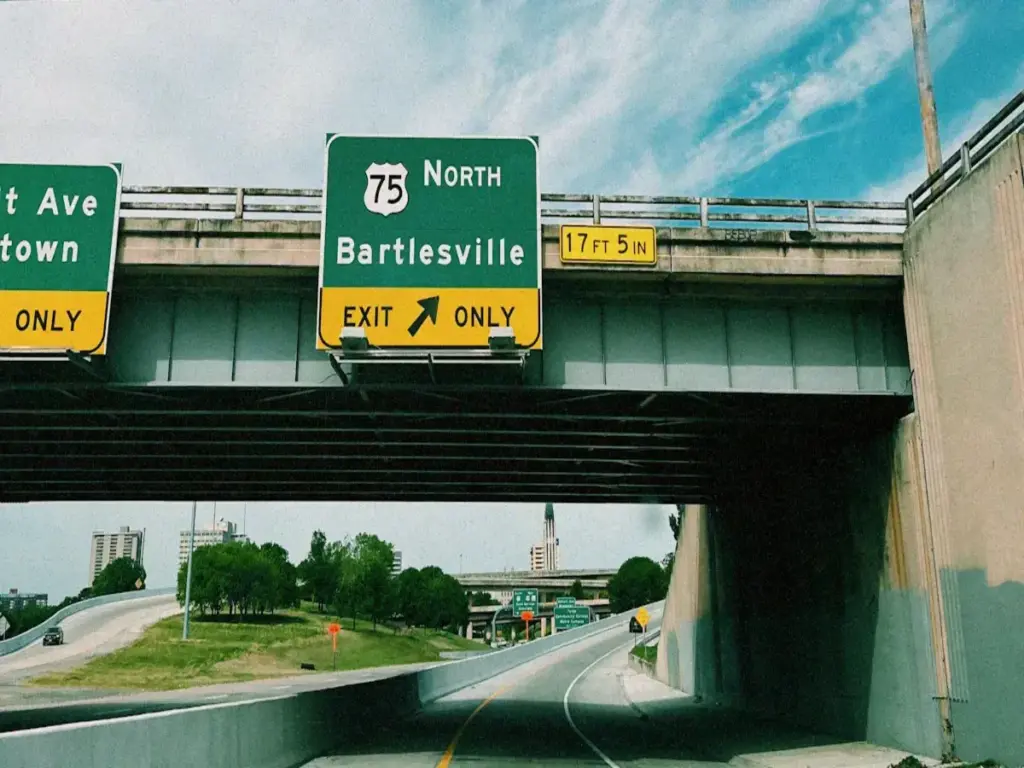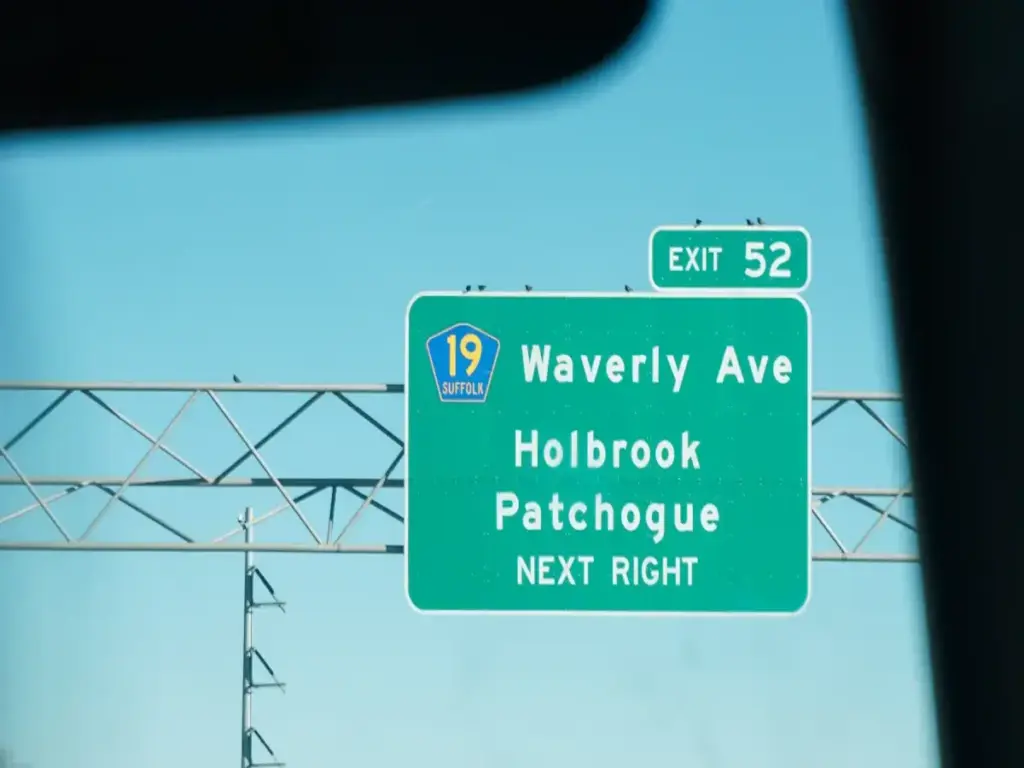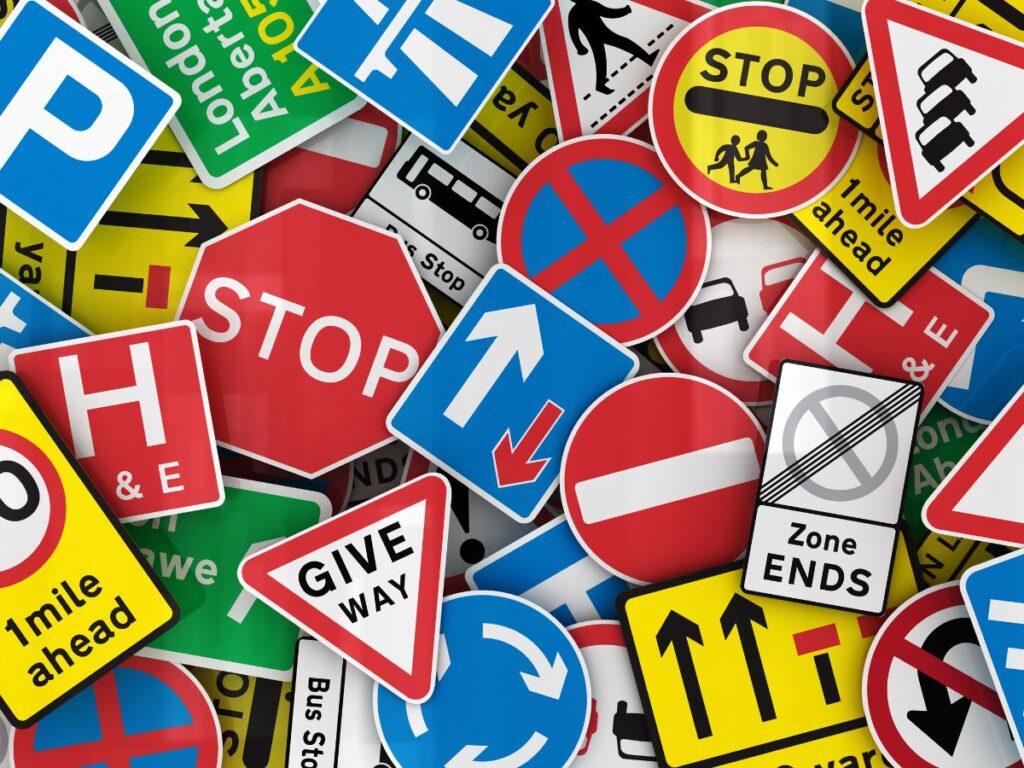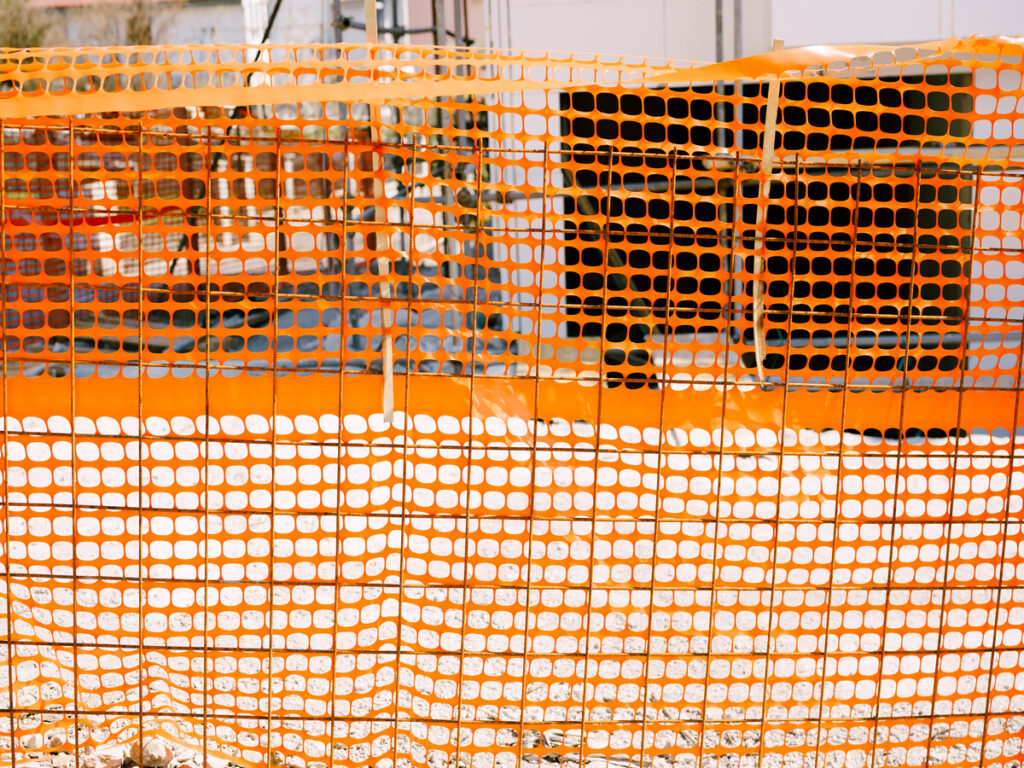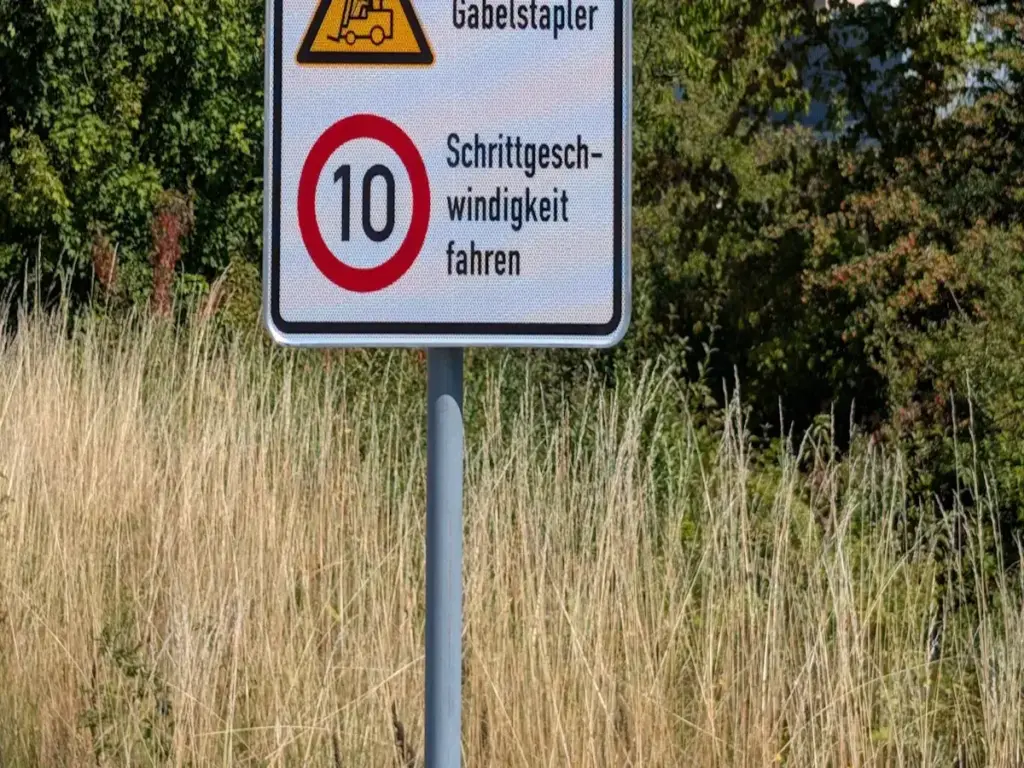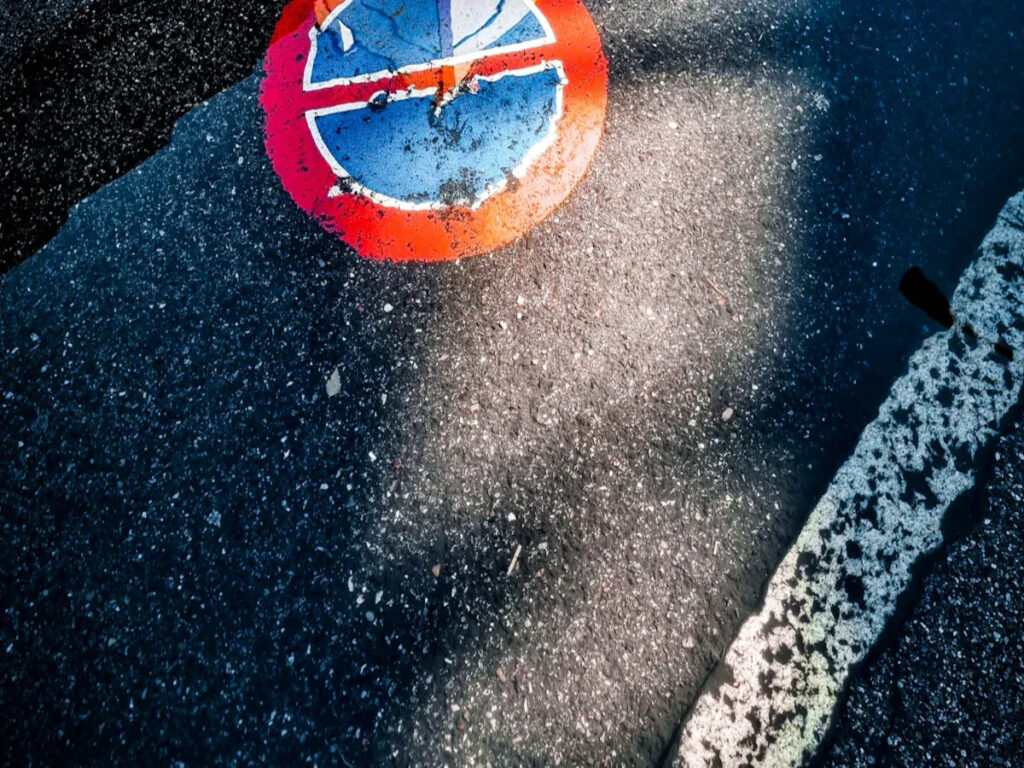
Les panneaux routiers en Australie doivent être très visibles pour garantir la sécurité de tous les usagers de la route. L'un des facteurs clés de la visibilité est la rétroréflectivité, la capacité d'un matériau à réfléchir la lumière vers sa source.. Cette propriété permet aux panneaux de signalisation de rester clairs et lisibles la nuit ou lors de conditions météorologiques défavorables..
En améliorant la visibilité des panneaux, les matériaux rétroréfléchissants donnent aux conducteurs plus de temps pour réagir, réduire le risque d’accidents et améliorer la sécurité routière globale. Les réglementations australiennes et l'innovation continue continuent de favoriser de meilleures performances visuelles dans la signalisation à travers le pays..
À OPTRAFIC, nous intégrons des technologies avancées dans notre signalisation de sécurité des solutions pour respecter et dépasser les normes de visibilité australiennes, Garder les routes plus en sécurité, jour et nuit.
Bases de la rétroréflectivité
Qu'est-ce que la rétroréflectivité
La rétroréflectivité est une caractéristique présente dans certains matériaux. Ces matériaux renvoient la lumière là où elle a commencé. Quand les phares d’une voiture éclairent une pancarte, le panneau renvoie la lumière au conducteur. Cela rend le panneau beaucoup plus facile à repérer la nuit ou par mauvais temps. Des normes techniques comme ASTM E1710 expliquer comment vérifier la rétroréflectivité. Des études montrent que les panneaux dotés d'une plus grande rétroréflexion aident à arrêter les accidents la nuit. Cela montre pourquoi la rétroréflectivité est importante pour la sécurité routière et pour voir clairement les panneaux..
Comment ça marche
Les matériaux rétroréfléchissants contiennent de minuscules billes de verre ou micro-prismes. Ces pièces captent la lumière et la renvoient de la même manière qu'elle est venue. Le design maintient la lumière ensemble, pour que les conducteurs voient des panneaux lumineux de loin. Des tests sur de nombreux panneaux de signalisation montrent que l'âge, angle, et rétroréflectivité par changement de type de matériau. Les panneaux peuvent perdre leur rétroréflexion à mesure qu’ils vieillissent, ce qui les rend plus difficiles à voir. Des contrôles réguliers contribuent à maintenir les panneaux faciles à voir et à garantir la sécurité des routes.. Dans les tests de laboratoire, les billes de verre supérieures rendent les panneaux plus faciles à voir pour les conducteurs et les capteurs, Même sous la pluie ou le brouillard.
Note: La rétroréflectivité aide les personnes et les machines à mieux voir les panneaux, Même lorsque les conditions sont difficiles.
Rétroréflectivité vs réflectivité
- La rétroréflectivité renvoie la lumière d'où elle vient, les panneaux sont donc faciles à voir la nuit.
- Une réflectivité régulière diffuse la lumière de plusieurs manières, ce qui peut rendre les panneaux difficiles à voir depuis une voiture en mouvement.
- Différents types de feuilles rétroréfléchissantes (comme les types I, III, Vii, Ix) donner différents niveaux de visibilité des panneaux. Les types VII et IX sont les meilleurs pour lire les panneaux la nuit.
- Luminance, ou réflectivité régulière, est plus difficile à vérifier à l'extérieur car cela dépend de facteurs tels que l'angle des phares et la lumière de fond.
- Les normes de rétroréflectivité sont utilisées plus souvent car elles sont plus faciles à vérifier et sont directement liées à la façon dont vous pouvez voir les panneaux..
Science et matériaux
Principes de réflexion de la lumière
Les matériaux rétroréfléchissants utilisent la science pour renvoyer la lumière. Quand les phares heurtent un panneau, la lumière revient au conducteur. De minuscules perles de verre ou prismes à l'intérieur du panneau rendent cela possible.. La Federal Highway Administration affirme que plus de rétroréflectivité signifie moins d'accidents. Cela prouve que renvoyer la lumière contribue à assurer la sécurité des personnes.. 3M dit que les perles de verre et les prismes en forme de cube se plient et réfléchissent la lumière.. Cela garde les panneaux lumineux la nuit. De nombreuses années de recherche montrent que ces matériaux aident les conducteurs à bien voir les panneaux..
Matériaux utilisés
Différents matériaux aident les panneaux à bien réfléchir la lumière. Les plus courantes sont les perles de verre, micropoliques, et perles en céramique. Chaque type réfléchit bien la lumière et dure longtemps. Des études indiquent que les matériaux en perles de verre sont bon marché et solides. Les perles en céramique durent également longtemps et reflètent bien la lumière. Le tableau ci-dessous présente les principaux types:
| Type de matériau | Performances de rétroréflexion | Résultats de durabilité | Remarques |
|---|---|---|---|
| Prisme Rétro-réfléchissant | Jusqu'à 40% sous des angles faibles | Dure plus 25 mois; facile à nettoyer | Meilleur aux angles faibles |
| Bille de verre rétro-réfléchissante | À propos 20%; mieux sous des angles élevés | Réfléchit après 20 années; petite goutte après 1 année | Bon pour de nombreuses utilisations |
| Capsule rétro-réfléchissante | À propos 20%; gouttes après utilisation en extérieur | Gouttes après 25 mois; fissures à la surface | Pas aussi fort |
Les revêtements de verre peuvent aider les panneaux à durer plus longtemps en stoppant les dommages causés par les intempéries.. Choisir le bon matériau permet de garder les panneaux faciles à voir pendant des années.
Avancées technologiques
Les panneaux de signalisation rétroréfléchissants ont beaucoup changé au fil du temps. Les anciennes enseignes utilisaient des perles de verre, mais maintenant les microprismes rendent les signes encore plus brillants. Une nouvelle recherche utilise l’apprentissage automatique pour savoir quand les signes disparaîtront. Cela aide les travailleurs à remplacer les panneaux avant qu'ils ne deviennent trop ennuyeux.. Certains nouveaux films peuvent changer de couleur la nuit. Cela rend les panneaux plus faciles à voir pour les conducteurs et les piétons.. Des équipes de différents domaines travaillent ensemble pour améliorer la signalisation. Ces changements aident les panneaux à rester lumineux et sécuritaires pour tout le monde..
Panneaux routiers et visibilité
Sécurité nocturne
Les panneaux routiers doivent être faciles à voir la nuit tombée. Les matériaux rétroréfléchissants aident les panneaux à briller lorsque les phares les heurtent. Les conducteurs peuvent repérer ces panneaux de loin, Même tard dans la nuit. Cette luminosité donne aux conducteurs plus de temps pour lire le panneau. De nombreuses routes en Australie traversent des zones rurales peu éclairées. Des panneaux rétroréfléchissants aident à guider les conducteurs en toute sécurité dans ces endroits. Quand les signes sont clairs la nuit, les conducteurs sont moins susceptibles de rater un virage ou de s’arrêter brusquement. Les routes sont plus sûres lorsque les conducteurs voient les panneaux tôt.
Conditions météorologiques
Pluie, brouillard, et la brume peut rendre la conduite difficile. Les panneaux routiers rétroréfléchissants restent lumineux même par mauvais temps. Les chercheurs ont vérifié comment les changements météorologiques indiquent la visibilité. Ils ont découvert que les panneaux en film rétroréfléchissant restaient brillants sous la pluie et le brouillard.. D'autres matériaux de signalisation ont perdu leur luminosité, surtout en cas de forte pluie ou de brouillard épais. L'étude a montré que la pluie et la faible visibilité modifient la façon dont les conducteurs et les capteurs perçoivent les panneaux.. Parfois, les gouttes d'eau sur les panneaux peuvent les rendre plus lumineux pendant une courte période. Ces résultats montrent que les panneaux rétroréfléchissants contribuent à assurer la sécurité des routes par tous les temps.. Les conducteurs font confiance à ces panneaux pour les guider à travers les tempêtes et le brouillard..
Réponse du conducteur
Les conducteurs ont besoin de temps pour réagir à ce qu’ils voient. Les panneaux de signalisation rétroréfléchissants donnent des avertissements et des directions claires. Quand les signes se démarquent, les conducteurs peuvent ralentir, arrêt, ou tournez en toute sécurité. En voyant rapidement les panneaux, les conducteurs ne manquent pas les messages importants. En Australie, des études montrent qu'une meilleure visibilité des panneaux entraîne moins d'accidents la nuit et par mauvais temps. Par exemple, après l'installation de nouveaux panneaux rétroréfléchissants sur une route de campagne très fréquentée, il y a eu moins d'accidents nocturnes. Les conducteurs ont déclaré qu'ils se sentaient plus en sécurité et plus confiants. Une bonne visibilité des panneaux aide tout le monde, même les conducteurs plus âgés qui ont du mal à voir la nuit. Les piétons et les cyclistes en profitent également, car les conducteurs les remarquent plus tôt. La sécurité routière dépend de la nécessité de donner aux conducteurs suffisamment de temps pour réagir.
Conseil: Des contrôles et un nettoyage réguliers contribuent au bon fonctionnement des panneaux rétroréfléchissants, surtout après des tempêtes ou un long temps sec.
Normes australiennes
AS / NZS 1906.1
AS / NZS 1906.1 fixe les principales règles relatives aux matériaux réfléchissants utilisés sur les panneaux routiers australiens. Cette norme garantit que les panneaux restent lumineux et faciles à voir la nuit ou par mauvais temps.. Les enseignes doivent utiliser des matériaux qui conservent leur éclat et leur résistance pendant de nombreuses années.. La norme vérifie la couleur, luminosité, et à quel point le matériau résiste à la pluie, chaleur, et porter. Panneaux conformes à AS/NZS 1906.1 sont faciles à lire et durent plus longtemps, Même par temps australien dur.
Lignes directrices MUTCD
Le Manuel de dispositifs de contrôle de la circulation uniformes (Mutcd) donne des règles supplémentaires pour les panneaux de signalisation en Australie. MUTCD a commencé à utiliser des matériaux réfléchissants dans les années 2000. Il permet à chaque région de modifier certaines règles pour répondre aux besoins locaux, comme les zones côtières ou enneigées. AS / NZS 1906.1 utilise une règle stricte pour toute l'Australie, mais MUTCD permet une certaine flexibilité. Cela aide les panneaux de signalisation à fonctionner correctement à différents endroits. Le tableau ci-dessous montre comment les choses ont changé après ces normes:
| Fonctionnalité | Avant les changements | Après les modifications |
|---|---|---|
| Réflectivité | Les signes étaient difficiles à voir la nuit | Les panneaux sont faciles à voir à tout moment, réunion AS/NZS 1906.1 normes |
| Clarté du message | Les messages étaient bondés et déroutants | Les messages sont simples et clairs |
| Durabilité | Les panneaux ont été endommagés par le mauvais temps | Les panneaux sont solides et résistants aux intempéries |
Note: AS / NZS 1906.1 offre un niveau de sécurité plus élevé et plus uniforme pour tous les usagers de la route.
Classes de matériaux réfléchissants
Matériaux réfléchissants les panneaux routiers se répartissent en trois classes principales. Chaque classe a son propre niveau d'utilisation et de sécurité.
- Classe 1 fonctionne mieux pour les zones à faible vitesse, comme des parkings ou des entrepôts.
- Classe 2 est destiné aux routes à circulation plus rapide, comme les rues de la ville ou les zones de travaux routiers.
- Classe 3 donne la luminosité la plus élevée et est utilisé sur les autoroutes ou dans des endroits avec une mauvaise visibilité.
Le tableau ci-dessous montre les principales différences:
| Classe | Utilisation prévue / Vitesse de circulation | Zone rétroréfléchissante minimale | Largeur minimale du matériau |
|---|---|---|---|
| Classe 1 | À basse vitesse (≤ 25 mph), Par exemple, parkings | 155 en² | 1 pouce |
| Classe 2 | Vitesse plus élevée (> 25 mph), Par exemple, routes de la ville | 201 en² | 1.38 pouces |
| Classe 3 | Grande vitesse (> 50 mph), autoroutes, mauvaise visibilité | 310 en² | 2 pouces |
Classe 3 matériels doit passer les tests de luminosité les plus difficiles, couleur, et force. Ces règles garantissent que les panneaux de signalisation restent sûrs et faciles à voir, Peu importe où ils sont.
Impact sur la sécurité routière
Prévention des accidents
Les panneaux routiers rétroréfléchissants aident à prévenir les accidents. Ces panneaux permettent aux conducteurs de voir rapidement les choses importantes, Même la nuit ou par mauvais temps. Quand les conducteurs voient les panneaux tôt, ils peuvent ralentir ou s'arrêter en toute sécurité. Cela réduit les risques d'accidents sur des routes très fréquentées ou dans des virages serrés.. La Federal Highway Administration a étudié les intersections du Connecticut et de la Caroline du Sud. Ils ont constaté que des panneaux STOP plus lumineux signifiaient moins d'accidents par l'arrière et moins d'accidents aux intersections à trois voies.. Les changements les plus importants ont eu lieu dans les endroits avec moins de trafic. L'étude a également montré qu'une rétroréflectivité plus élevée permet aux conducteurs de voir les panneaux de plus loin., ce qui rend les routes plus sûres.
Études de cas
Les routes australiennes sont devenues plus sûres grâce aux panneaux rétroréfléchissants. Par exemple, après que de nouveaux panneaux aient été installés sur une autoroute de campagne à Victoria, les accidents nocturnes ont diminué. Les conseils locaux ont déclaré que les conducteurs réagissaient plus rapidement aux panneaux d'avertissement, qui a arrêté les arrêts brusques et les accidents. Dans le Queensland, Les équipes de sécurité routière ont constaté moins d'accidents aux intersections après avoir utilisé des panneaux plus lumineux. Ces résultats ressemblent à ceux trouvés par des études étrangères, démontrant qu'une meilleure visibilité des panneaux rend les routes plus sûres pour tous.
Note: Des panneaux clairs et lumineux donnent aux conducteurs plus de temps pour faire des choix sécuritaires, surtout dans des conditions de faible luminosité.
Avantages pour la communauté
Les panneaux rétroréfléchissants aident bien plus que les conducteurs. Les piétons et les cyclistes restent également plus en sécurité lorsque les panneaux de signalisation sont faciles à voir. Quand les conducteurs repèrent les panneaux tôt, ils peuvent surveiller les gens qui traversent ou font du vélo. Ce temps supplémentaire permet à tout le monde sur la route d'être plus en sécurité. Les écoles et les quartiers dotés de meilleurs panneaux ont moins de quasi-accidents et se sentent plus en sécurité. Les services d'urgence peuvent trouver des adresses et intervenir plus rapidement lorsque les panneaux sont faciles à voir. Une bonne visibilité des panneaux aide chacun à se sentir plus en sécurité et plus confiant dans sa communauté.
Maintenance et tendances futures
Dégradation des signes
Les panneaux routiers australiens font face à des conditions météorologiques difficiles. Soleil, pluie, et la poussière endommage lentement les surfaces rétroréfléchissantes. Au fil du temps, signs get less bright and harder to see at night. Road workers use retroreflectometers to check how much light signs reflect. These tools compare signs to standards like AS/NZS 1906.1 et et 12899-1. New retroreflectometers with DELTA technology are very accurate and easy to use outside. Some teams use mobile LIDAR and computer vision to check many signs fast, even in daylight. Regular checks help keep signs bright and safe for everyone.
Conseil: Washing signs after storms or bushfires helps them stay clear and last longer.
Nouvelles technologies
Retroreflective technology keeps getting better. Les améliorations récentes incluent:
- Microprismatic sheeting, like Diamond Grade DG3, makes signs brighter and removes dark spots.
- Smart materials with sensors can change reflectivity for weather or traffic.
- Signs now link with cars and smart city systems using IoT technology.
- Automated vehicles can read signs better with new retroreflective films.
- Additive manufacturing and 3D printing make custom sign shapes and features.
- AI-driven analytics can tell when signs need replacing, gagner du temps et de l'argent.
Smart signs use GPS and GIS for mapping and tracking. Automated vehicles can check sign condition while driving. These changes help keep roads safer and make looking after signs easier.
Durabilité
Sustainability is important for future road signs. New eco-friendly materials help protect the environment. Some retroreflective films use recycled content or plastics made from plants. Studies show these materials stay bright even after years of sun and rain. Retroreflective surfaces can also help cool cities by bouncing sunlight away, which lowers energy use in buildings. De nombreuses villes choisissent désormais des panneaux qui durent plus longtemps et consomment moins d'énergie pour faire.
Le marché des matériaux rétroréfléchissants continue de croître. L’Asie-Pacifique connaît la croissance la plus rapide, puis l'Amérique du Nord et l'Europe. Le tableau ci-dessous montre le 2023 part des revenus par région:

Les fabricants se concentrent désormais sur l'intelligence, fort, et des solutions vertes. Ces tendances signifient des routes plus sûres et plus propres pour tous.
La rétroréflectivité aide les conducteurs à voir les panneaux routiers la nuit. Cela maintient les routes plus sûres pour tout le monde. Des contrôles réguliers et des règles strictes garantissent la luminosité des panneaux par tous les temps..
- La recherche montre qu'une meilleure rétroréflectivité dans les zones urbaines très fréquentées réduit les accidents nocturnes.
- De nouvelles études aident à mettre à jour les règles à mesure que la technologie s'améliore.
L’utilisation de nouveaux matériaux et d’outils intelligents aidera la signalisation à répondre aux besoins d’aujourd’hui. Les routes australiennes deviendront plus sûres à mesure que de nouvelles idées se développeront et que les gens voudront des panneaux plus clairs.
FAQ
Ce qui différencie les panneaux rétroréfléchissants des panneaux réfléchissants ordinaires?
Les panneaux rétroréfléchissants renvoient la lumière là où elle a commencé, comme les phares d'une voiture. Des panneaux réfléchissants réguliers diffusent la lumière dans de nombreuses directions. Les conducteurs voient mieux les panneaux rétroréfléchissants la nuit.
À quelle fréquence les panneaux routiers doivent-ils être vérifiés pour la rétroréflectivité?
Les experts disent que les panneaux devraient être vérifiés tous les deux ou trois ans. Des contrôles réguliers maintiennent les panneaux lumineux et faciles à voir. Les conseils utilisent des outils spéciaux pour tester la rétroréflectivité.
Pourquoi certains panneaux semblent-ils plus lumineux que d'autres la nuit?
Les panneaux sont fabriqués avec différents matériaux et classes. Classe 3 les matériaux sont les plus brillants. Les autoroutes les utilisent souvent pour une meilleure visibilité. La météo et l’âge peuvent modifier la luminosité d’un panneau.
Les panneaux rétroréfléchissants peuvent-ils être utiles par temps brumeux ou pluvieux ??
Oui, les panneaux rétroréfléchissants restent brillants dans le brouillard et la pluie. Les matériaux spéciaux renvoient la lumière aux conducteurs, Même quand c'est difficile à voir. Cela aide les conducteurs à rester en sécurité et à trouver leur chemin.

